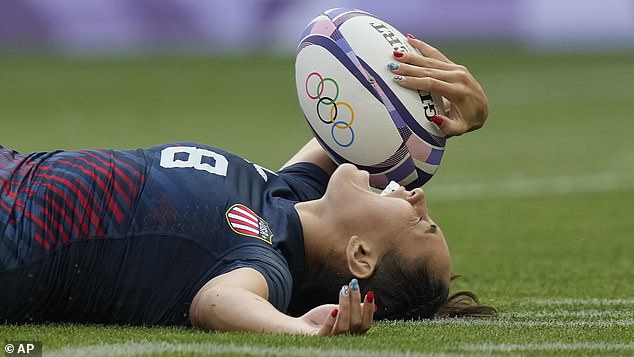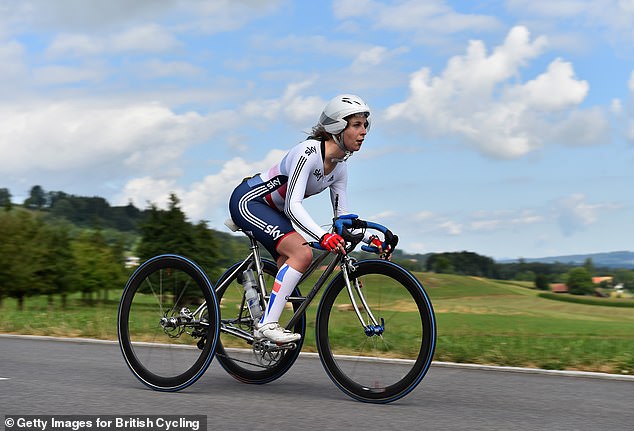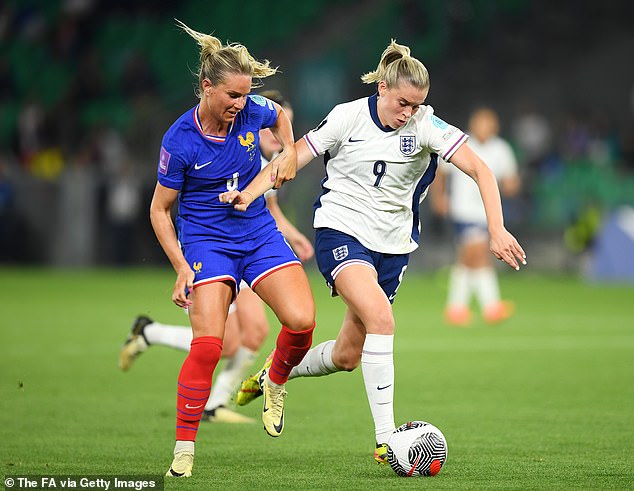How a lack of female sports medicine research is causing women to suffer more injuries than male athletes
Women are increasingly taking center stage in the sports world, breaking records and inspiring generations. But beneath the spotlight, a troubling disparity emerges.
While female athletes are proving their athletic prowess, they’re also suffering a disproportionate number of injuries.
The treatment and research surrounding women’s sports injuries often lags behind that of their male counterparts – and experts say it’s time to question why.
According to The Gist, less than 35 percent of exercise medicine subjects are female and women account for only 3 to 6 percent of study participants when looking at sports-performance research.
A lack of female sports medicine research is causing women to suffer more injuries than men

Treatment and research for women’s sports injuries lags behind their male counterparts’
The majority of protocol for training and injury prevention is based on studies that were only performed with men, leaving physicians with no choice but to advise females as they advise their male counterparts.
In recent years, additional studies have been focused on the differences in injury between men and women.
In one such study, it was proven that women and girls have a 50 percent higher chance of getting a concussion than men and boys in comparable sports, yet all protocols for head trauma are specific to the male body.
In another study, it was found that women are two times more likely to suffer from a stress fracture when running, but all treatment plans revolve around the male skeletal structure and male stress fractures.
The knock-on effects of a lack of research even trickle down to the gear women must use. Competitive cycling equipment is rarely – if ever – made with the female body in mind.
One study that focused on the anatomy of female cyclists showed that 64 percent of women in the sport report lasting pain and discomfort from the use of the bike saddle.
According to professional cyclist Hannah Dines, these lasting effects have caused women to suffer from numbness in the genital region, and in extreme cases, labiaplasty to repair damaged genitalia.
One of the most common reasons given as to why women are not included in these studies is due to menstrual cycles.
Juliana Antero, a former sportswoman and epidemiological researcher at the Institut national du sport de l’expertise et de la performance, believes that new studies are necessary for women in sport.
‘Some scientists justify this absence by the influence that the menstrual cycle can have on women’s scientific results and performance,’ she said.
‘But that’s precisely why these studies are necessary! If we want to optimize women’s sporting results, we need to know more about the impact of female physiology on their performance.’
Menstruation has long been to blame for the exclusion of women in sport. Prior to a history-making entry into the Boston Marathon in 1967, Kathrine Switzer and women everywhere were ‘banned’ from running marathons as the Amateur Athletic Association incorrectly claimed that it would cause infertility.
There was even a time when women were not included in research studies for fear that anything tested on them would potentially harm unborn children.

Professional cyclist Hannah Dines revealed equipment is manufactured with men in mind

Female football players are also 4 to 6 times more likely than men to suffer from a tear
This gender bias has been a trend for years, and according to a US study published by the Esteve Foundation, these biases lead to frequent misdiagnosis and underdiagnosis in at least 700 pathologies.
Just in cases of heart attack, the typical symptoms that women are told to look out for are based on the symptoms of men – left arm soreness or crushing chest pain.
Women have additional symptoms such as nausea, pain between the shoulder blades and abdominal pain in addition to male symptoms or sometimes in lieu of.
In sports, more women than ever are facing career-altering anterior cruciate ligament, or ACL, tears. Laura Hunter or Sky Sports reported that over the last 20 years in women’s football, players have been 4 to 6 times more likely than men to suffer from a tear, keeping a staggering amount of players out of the game.
‘For a long time, women have been treated like little men. There is a real lack of research. The entire high-performance environment is built around men – designed by men for men,’ Nev Davies, a consultant orthopedic surgeon shared.
